Cotton wool, solarium, tea bags and 12 more inventions that appeared thanks to the First World War
Categories: History
By Pictolic https://pictolic.com/article/cotton-wool-solarium-tea-bags-and-12-more-inventions-that-appeared-thanks-to-the-first-world-war.htmlWars bring misery and destruction to humanity — this obvious fact cannot be disputed. However, we must be fair and admit that it was during the wars that many wonderful inventions appeared, which are now used by the whole world. What can we do — humanity tends to be more willing to create comfortable conditions for killing than for peaceful life, and we can only adapt military developments, adapting them to everyday needs.
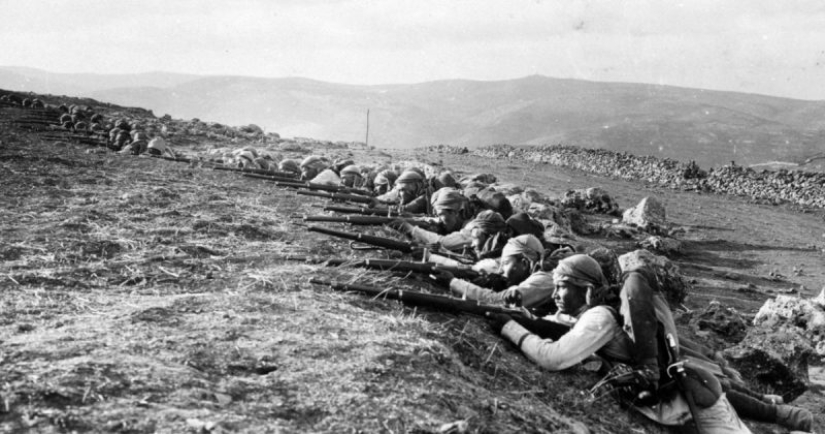
The First World War will forever remain in history as one of the largest and bloodiest military conflicts. During the battles in Europe, hundreds of types of new weapons were tested, some of which, in a modernized form, are successfully used today. But in addition to combat gases, submarines, machine guns and bombers, the war gave people a lot of developments, without which modern life is simply unthinkable.
In 1917, a real revolution took place in medicine — blood transfusion was used for the first time in military hospitals. Shortly before that, the division of blood into incompatible groups was discovered, technologies for storing material in refrigerators were developed and the property of sodium citrate to prevent clotting was discovered.
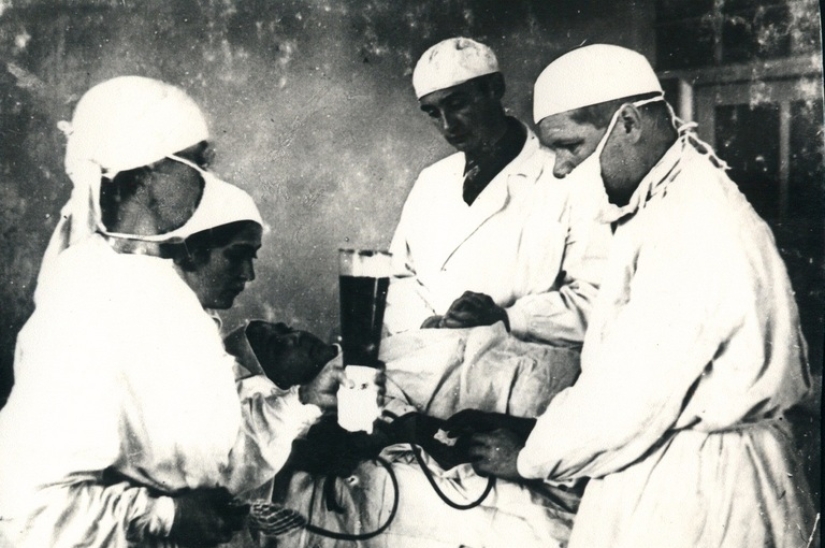
The Anglo-Boer War, which ended in 1902, was the last in which sanitary losses exceeded combat losses. Transfusion saved the lives of 92% of the wounded in the British Army.
The first skin grafting operations for patients on the face from other parts of the body were performed by surgeon Harold Gilles from New Zealand. The doctor worked in one of the British hospitals in the rear, returning some semblance of their former appearance to the front-line soldiers disfigured by wounds.
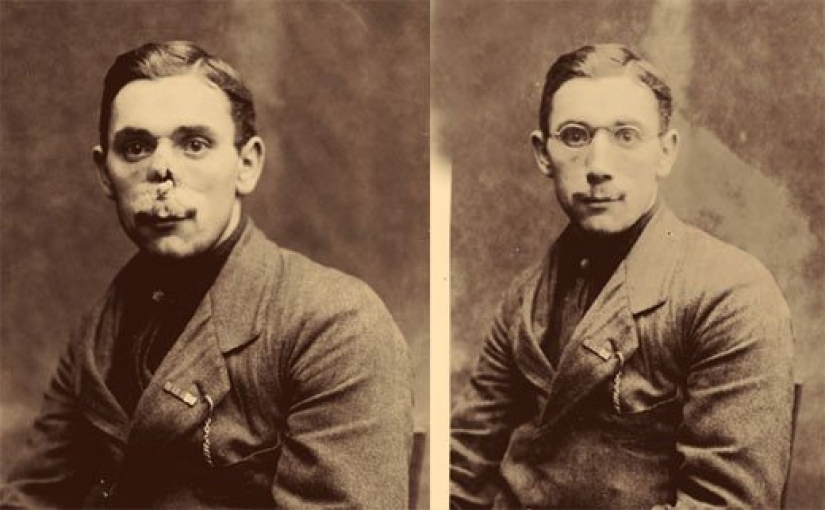
In order to perform the operations as efficiently as possible, Gilles consulted with sculptors. After the end of hostilities, the surgeon published the book "Plastic Surgery of the face" and opened the world's first clinic, where effective care was provided to patients with injuries and burns that disfigure the appearance.
The first prosthetic limbs made of lightweight, durable and resistant to adverse factors aluminum were mass-produced during the First World War. In 1912, a British engineer Charles Dezutter designed such a prosthesis for his brother, a pilot who lost his leg in a plane crash.
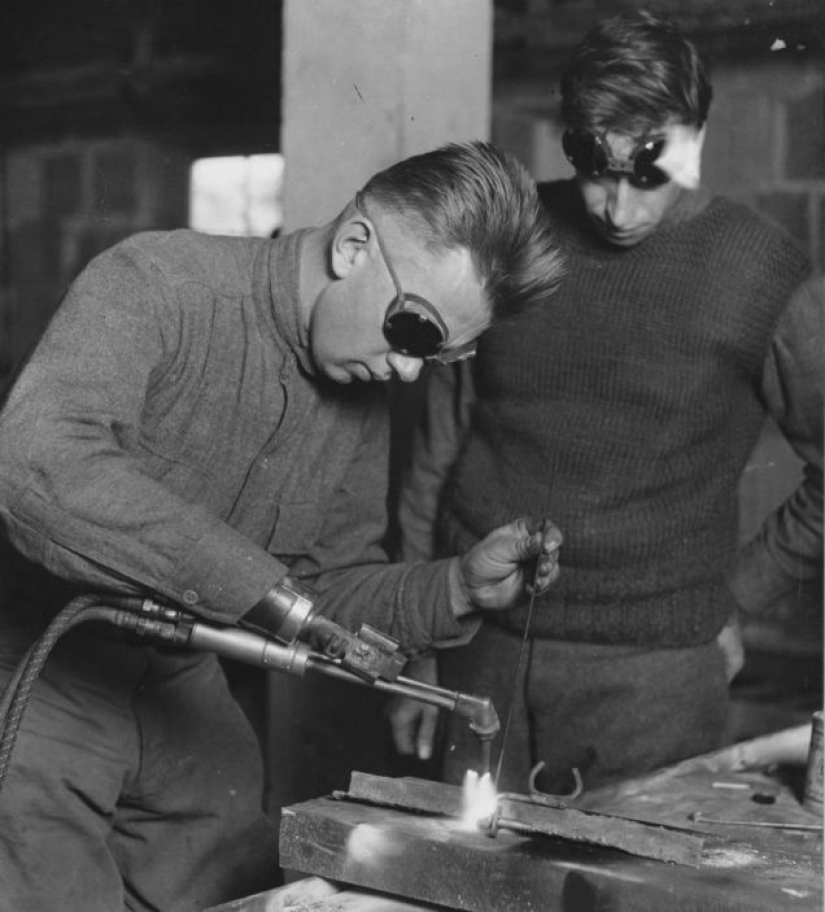
During the war, this development came in handy — metal prostheses, although they cost an order of magnitude more expensive than wooden ones, but they were stronger and served much longer. Many soldiers and officers were able to return to normal life and even work using these devices.
The war is not only the wounded and killed on the fronts and during the shelling of settlements. The fighting breaks the way of life of the civilian population, forcing them to abandon their homes and experience hunger. Children who do not receive proper nutrition suffer the most in this case. In 1916, in Berlin, Dr. Karl Guldczynski first irradiated children from refugee families with quartz lamps to prevent the development of rickets.
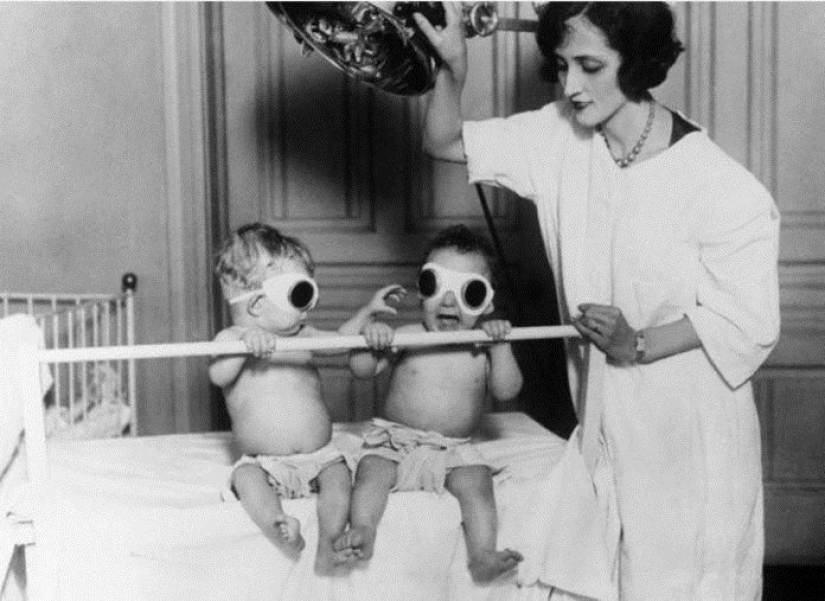
When it turned out that artificial tanning strengthens bones, quartz was used everywhere in Germany. After the war, this method of prevention spread all over the world and is successfully used to this day.
We owe the appearance of blue operating gowns and suits to the French doctor Rene Lerish. The frontline surgeon proposed to distinguish the surgical uniform in color from the usual medical one in order to emphasize the increased requirements for its sterility.

The difference in color made it easy to distinguish between simple staff robes and surgeons' work clothes during washing and processing. The idea turned out to be so successful that it caught on and became a standard all over the world.
Before the First World War, the dressing material was extremely primitive. Dried sphagnum, a swamp moss with bactericidal properties, was used for applying to wounds. Much less often, soft fabric divided into separate fibers was used.
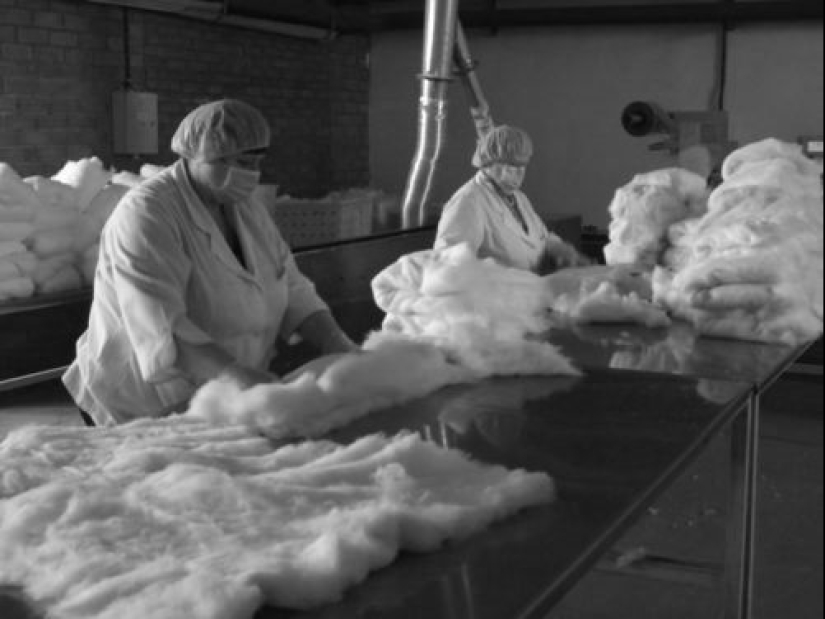
Cotton wool appeared in medical practice in 1914. This material was patented by Kimberly-Clark, which was engaged in the supply of medicines to the armies of the Entente countries. Female medical personnel very soon began using cotton wool for their needs, and after the war this practice spread all over the world.
The drop in demand for cotton wool after the end of the First World War and the obvious interest in the product on the part of the ladies led to Kimberly-Clark using huge unspent military stocks of cotton wool for the manufacture of gaskets. In 1920, Cotex brand products appeared on sale.
For many centuries, the military dressed brightly and provocatively. The need to disguise led to the appearance of the khaki uniform during the Anglo-Boer War, and on the fields of the First World War, a new inconspicuous uniform became universally recognized.

By the way, the word "khaki", translated from Hindi, means "dusty". The "military" style came into fashion after the end of the war — soldiers and officers had a huge amount of uniforms on their hands, and ordinary civilian clothes in war-torn Europe became a shortage.
Leather jackets have been sewn since time immemorial, but the mass fashion for them appeared only during the war years. There were no lice in leather things, and besides, she was not blown and did not get wet. Pilots, sailors and cavalry were massively supplied with leather clothing, and after the First World War, the beauty and practicality of these things were appreciated all over the world.
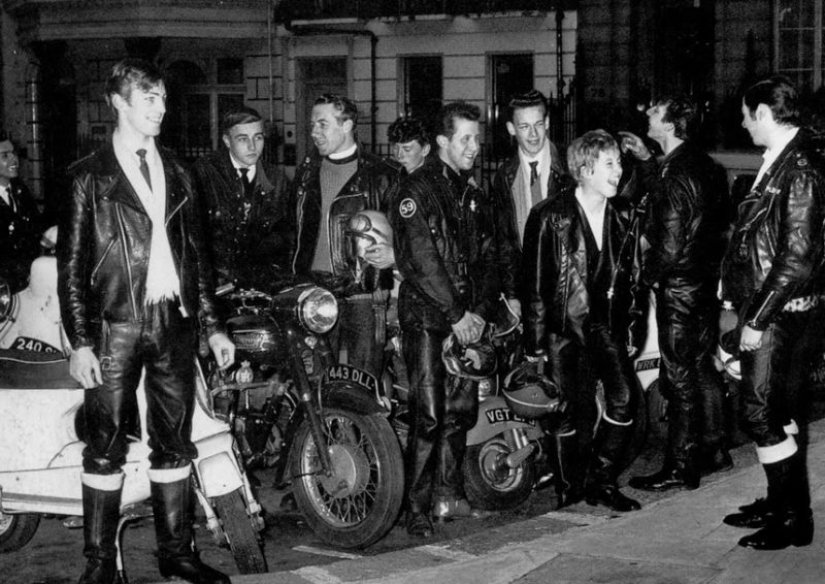
Trapped in The Bolsheviks especially liked leather jackets, raincoats and vests from the fronts of Soviet Russia and for many years determined the style of commissars, security officers and responsible workers.
In 1913, an American of Swedish origin, Gideon Swindbeck, registered a patent for a fundamentally new type of zipper — "zipper". Manufacturers of civilian clothes reacted indifferently to the invention, but the military liked it.
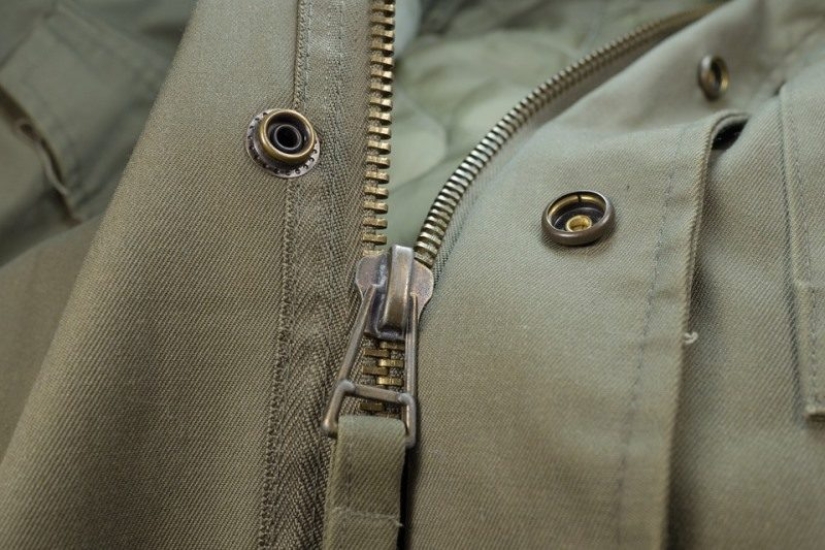
The first to appreciate the convenient and reliable locks were the sailors of Great Britain and Canada, and initially "zippers" were inserted into bags for documents and small valuables. Later, towards the end of the war, clothes with "zippers" appeared. In the 20s, the fasteners interested the manufacturer of bags "Hermes", and a decade later "zippers" began to be inserted into men's trousers.
The concept of the parachute was developed back in the Renaissance by Leonardo da Vinci Vinci. The first successful balloon jump with this device was made by a resident of Paris, Andre-Jacques Garnerin, in 1797. But for more than a century, a useful development was perceived as entertainment and had no practical application.
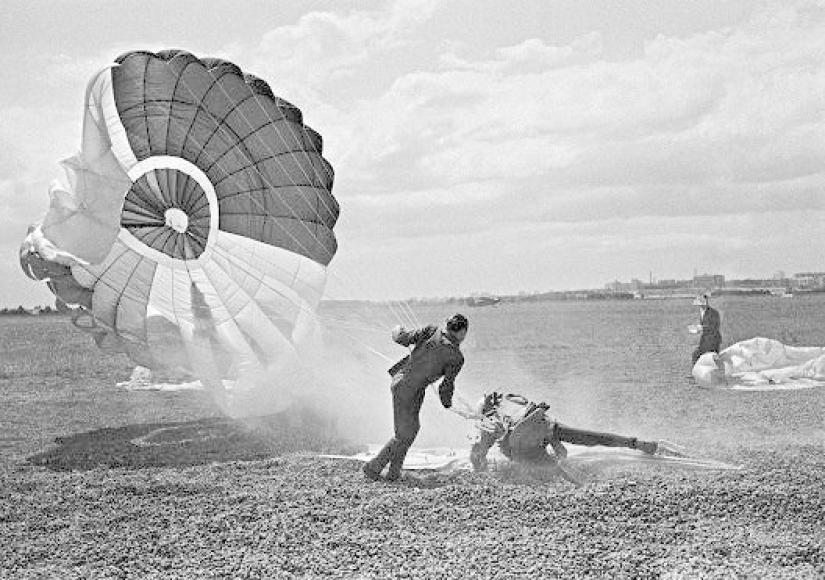
In 1912, Russian actor and engineer Gleb Kotelnikov modified the device and introduced the world's first compact backpack parachute, which could be taken with you into the cramped cockpit of an airplane. The first baptism of fire parachutes of the Kotelnikov system took place in the battles for France in 1918. The development of the Russian not only saved the pilots from certain death, but also helped to deliver various cargoes, and if necessary, explosives.
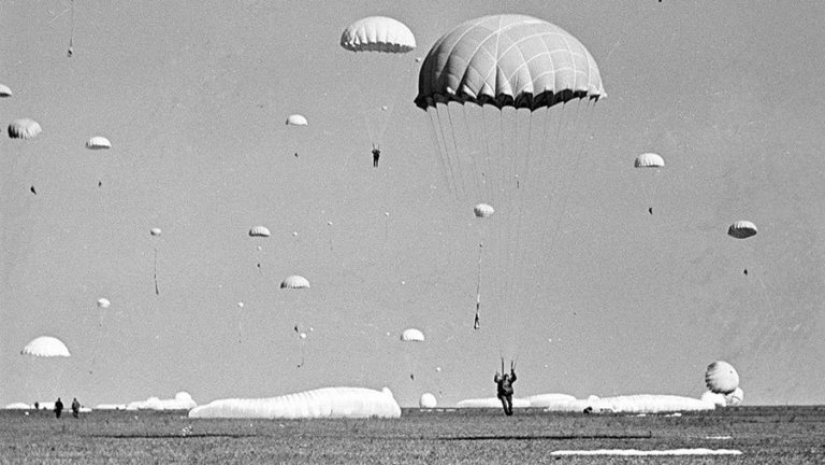
In peacetime, parachuting became popular in different countries of the world, and the parachute began to be used as a means of delivering cargo to hard-to-reach places, as emergency braking devices in aviation, as well as for returning spacecraft to earth.
The first owners of the watch, fixed not on a chain, but with a strap on the arm, were the pilots of the First World War. Civilians treated this method of wearing chronometers with irony, considering it undignified. It took several decades for the usual watches to replace the pretentious pocket ones, but it still happened.
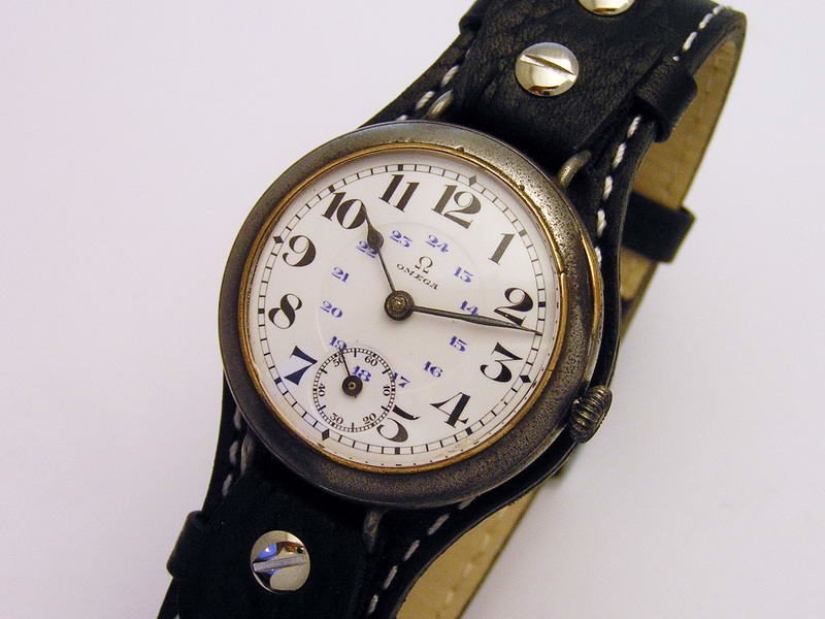
Also, the war forced manufacturers to pay special attention to the accuracy of the devices. The expression "check the clock" has military roots — before the attack, the officers checked their chronometers in order to act smoothly and not fall under "friendly" artillery fire.
"Stainless steel" was invented almost by chance in English Sheffield by metallurgist Harry Brearley. The specialist received an order from the military department to create a heat-resistant alloy for artillery barrels. Guns made of such metal would be able to fire continuously and not overheat.

Brearley did not cope with the task, however, among his experimental samples were ingots that are not subject to corrosion. It turned out that such an effect can be obtained by adding chromium to steel. The development was useful both in the military industry and "in civilian life".
In the middle of the war, Germany was on the verge of an energy collapse, so on 30.04.1916 at 23.00 it was proposed to shift the time forward by one hour in order to make better use of daylight and save on lighting. On May 21, such a measure was adopted in the UK, and in Russia began to translate arrows a year later.

The Germans canceled the transition after the end of the First World War, then introduced it at the beginning of the Second World War, then abolished it again until the mid-1970s, known for their grandiose oil crisis.
Just before the outbreak of the war, New York businessman Tom Sullivan, who earned money by selling tea in silk bags, out of curiosity or accidentally dropped one of them into hot water. Seeing that the tea was perfectly brewed, the businessman began selling products in a new format.

But the first mass production of tea bags was established for the front by the Teekanne company from Dresden. Silk was replaced with gauze in order to save money, and among soldiers and officers the products were called "tea bomb".
The invention of the Italian physician of the XVI century, Gabriel Fallopia, designed to protect against the raging in The Middle Ages in Europe syphilis, strongly condemned by the church and society for more than 300 years. The Germans were the first to supply their fighters with condoms during the First World War, and the French followed their example.
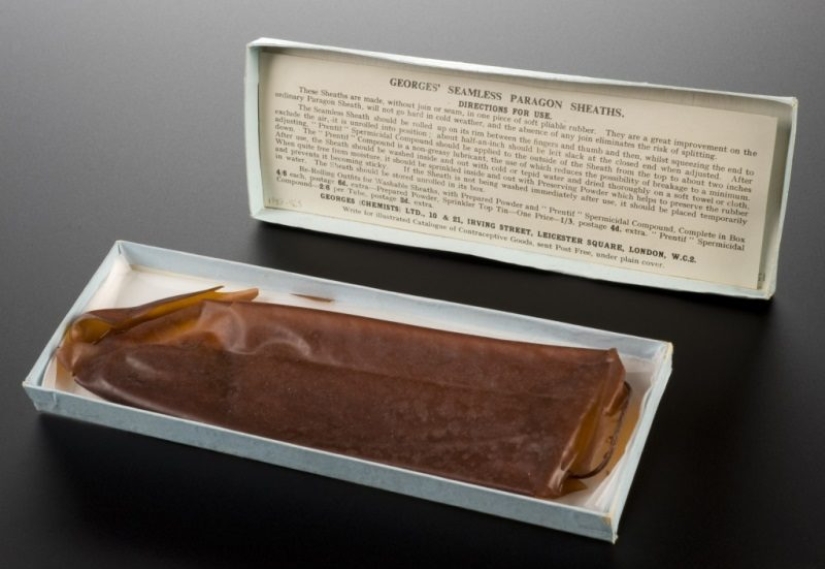
In 1917, correcting puritanical morality, contraceptives began to be introduced in the British army. It turned out that the condom is the only means that can stop the epidemic of sexually transmitted diseases in the troops. As of 1917, there were more than 400 thousand syphilis patients in the ranks of the Royal Army at various stages.
Before the sexual revolution of the 60s, talking out loud about condoms was not accepted and they were not in great demand. Then, the youth of advanced views contributed to the spread of this wonderful product, and today a condom can be bought anywhere in the world.
Recent articles

Is anyone ever really ready to become a parent? No, of course, you can think that you are ready and you can really want to become ...

In the new year we are not only fun and give each other gifts, but also, of course, take pictures of your festive entertainment for ...

Without a doubt, Coco Chanel was one of the most outstanding women of the 20th century. Throughout the world, this personality is ...